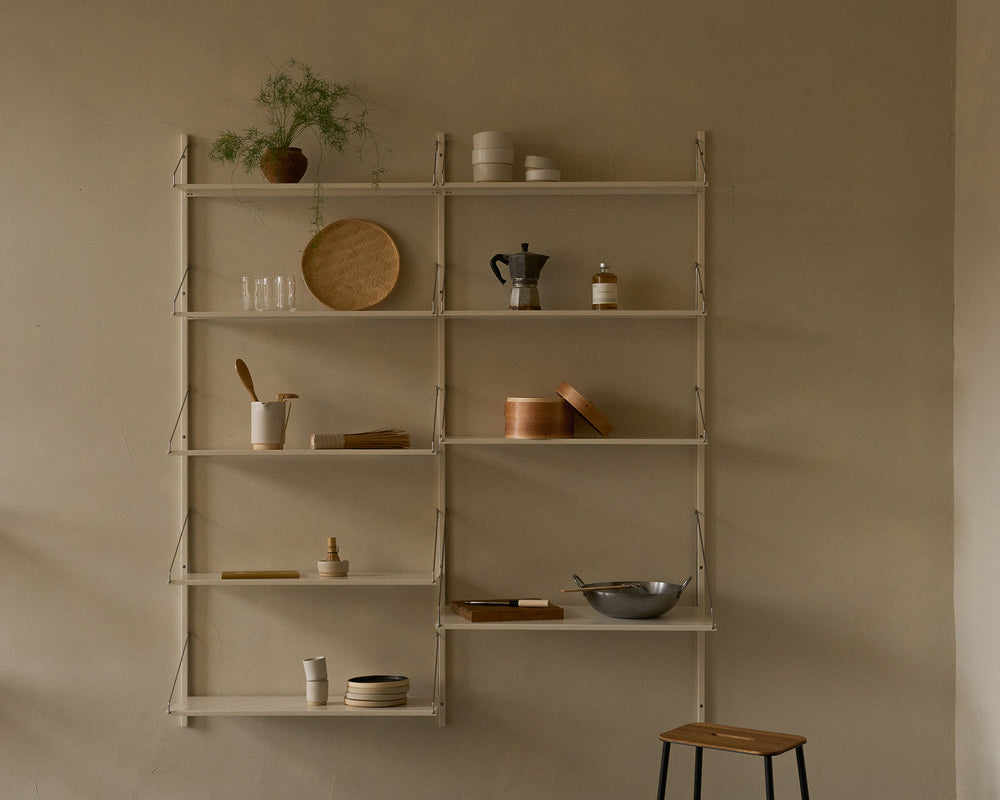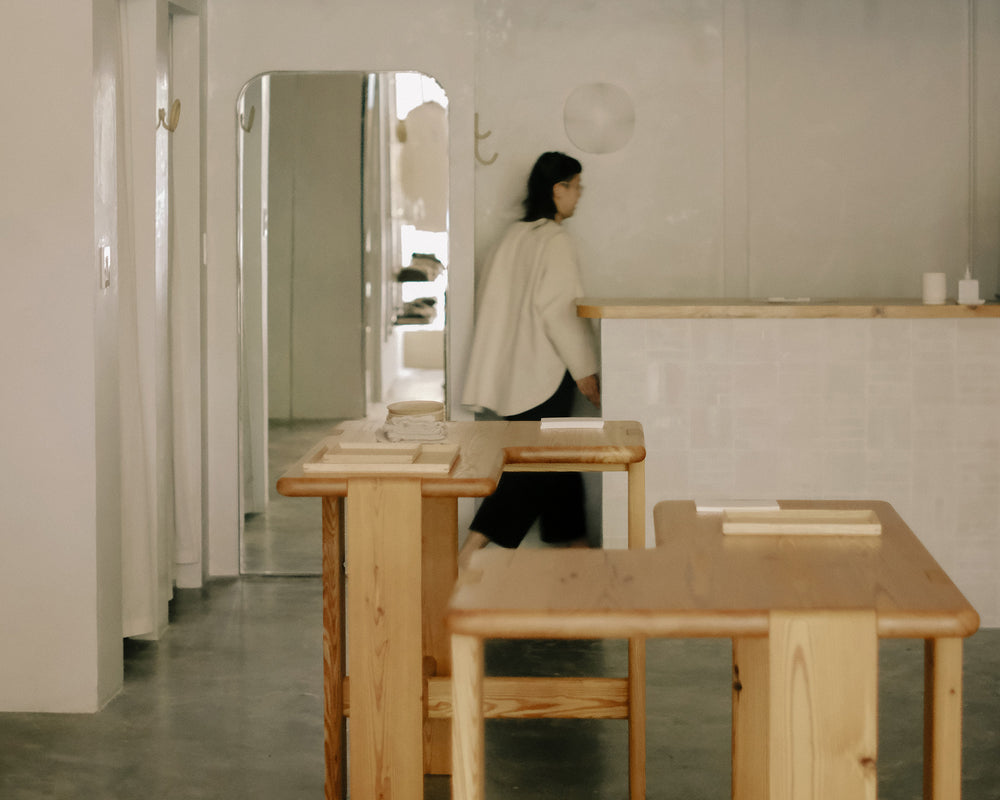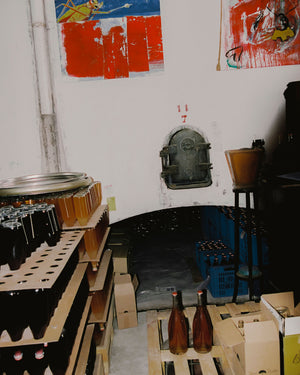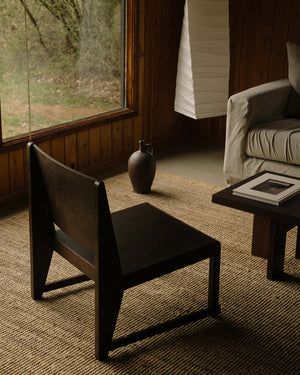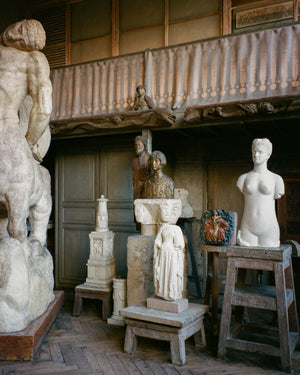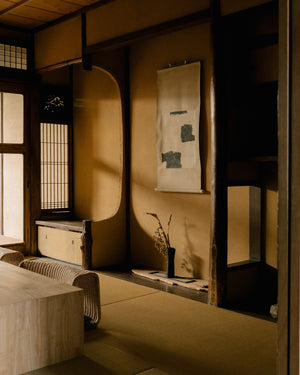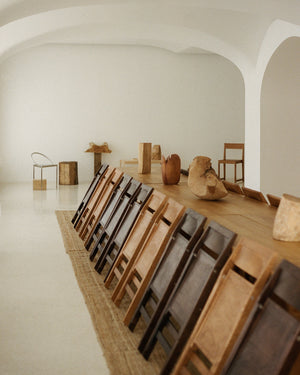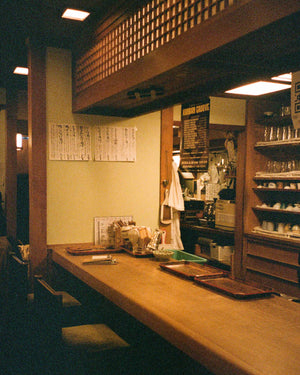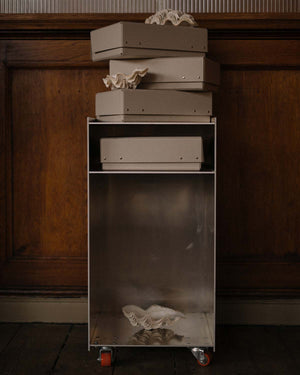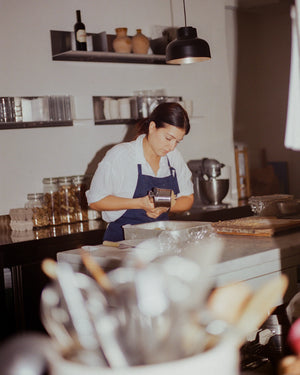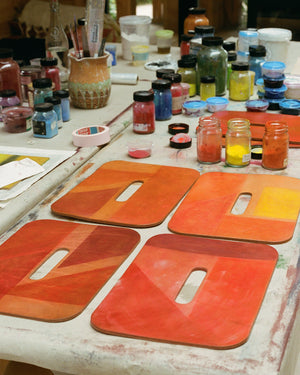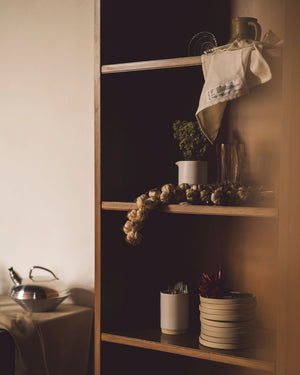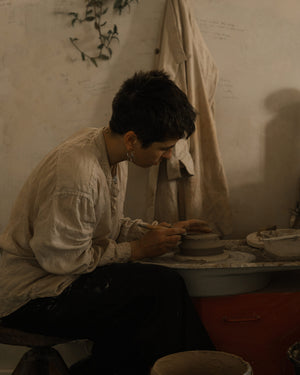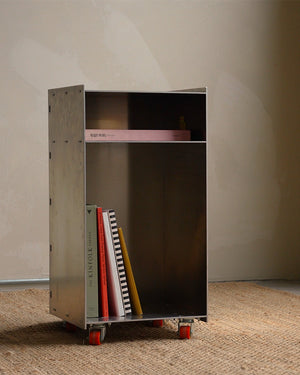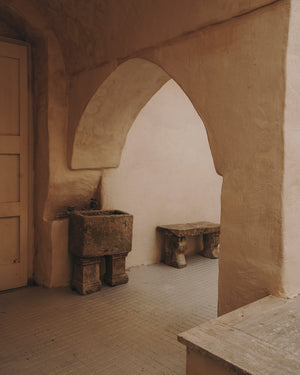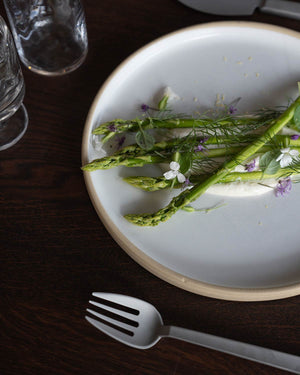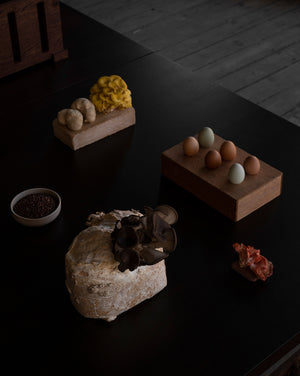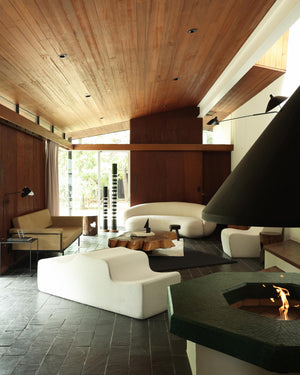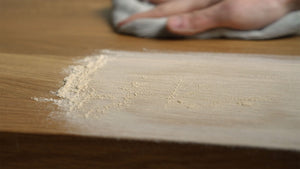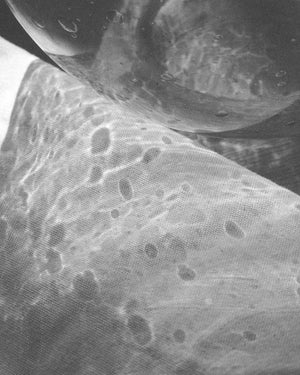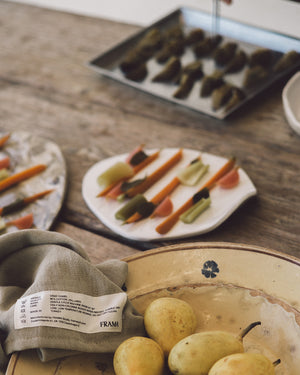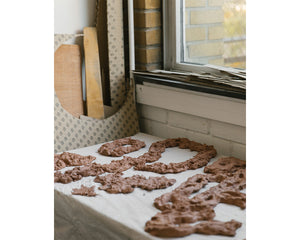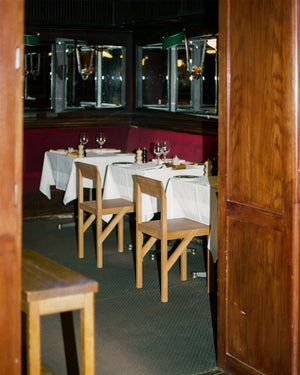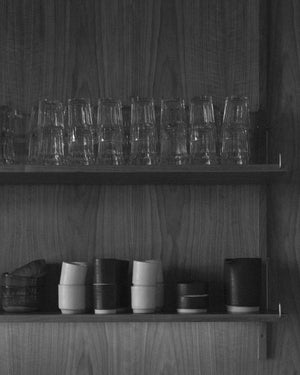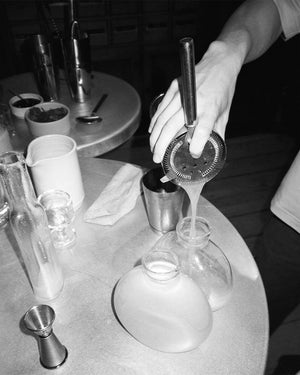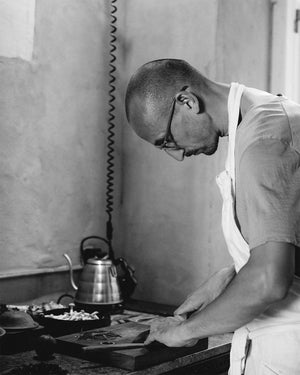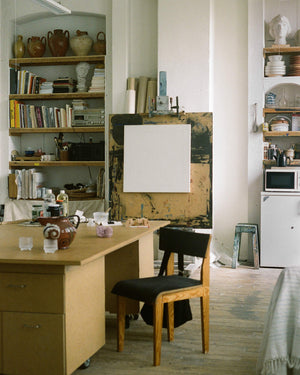
Artistic Encounters: Inez Jönsson
Inez Jönsson is an artist living and working in Stockholm, Sweden. Her studio is located in the state-protected building Övre Haga also called Orangeriet, which she shares with Johannes, her partner, the artist Johannes Hägglund.

"Orangeriet" is a former conservatory in Hagaparken built in the 1700s as a tavern and later reconverted into a greenhouse for exotic plants. Since the 1960s, it has been housing studios for artists.
Since becoming a mother, Inez's world spins around her family and her daughter, Donna. This life-changing situation has transformed her way of working and how she perceives the world around her. There has been almost no alone time in the past six months, which has proven a sweet challenge for an artist who carefully executes a body of work by exploring different ways to work with bare hands and one's mind.
How would you describe your work?
I’ve been told that my work is hardcore, minimalistic, and a little stiff, but I think it’s soft and sometimes funny. I use a lot of black and shades of dark, but darkness also describes light, so what is what?

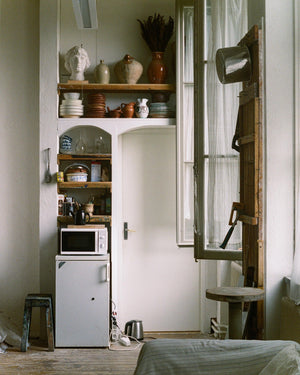
How did your journey with art begin?
I come from a family with a lot of artists on both my mother’s and father’s sides, so it’s something that was present constantly when I grew up. I would go to openings with my mother in exchange for Mcdonald’s afterward. My work is my safe place and what I love most of all, but sadly the art world can make you cynical.
What inspires you?
Emotions. Maybe I’m romantic, but I like when art triggers emotions and memories. My grandmother always says that the visitors should leave the exhibitions going backward crying.
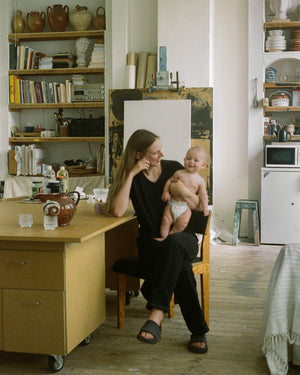
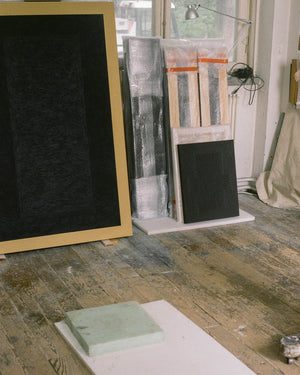
You work with various materials and textures, for example, horse hair, pine, or jute, which gives your work an almost sculptural feel. Is there a reason why you choose these materials in particular?
My work is balancing between painting and object, and I choose my materials carefully. It’s important that they hold a practical motivation; otherwise, they simply become an ornament. Horsehair, pine, jute, and flax are all plane materials, but they refer to long traditions within the wood and textile crafts and, in that way, also to painting.

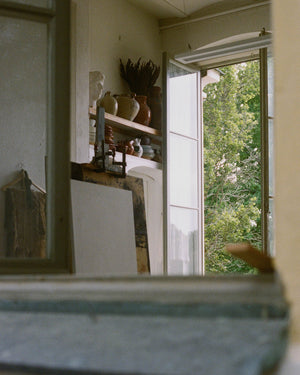
It seems that neutral colors are more to your liking than bright ones. Why is that?
Color is a bit problematic for me, it easily becomes makeup, so I try to use the paint as a material in the same way I handle horsehair or jute. I want the image to be almost hidden in the paint, so I use different shades of the same color, often dark ones. The brushstrokes create a regular/ irregular pattern that catches the light differently depending on the angels.

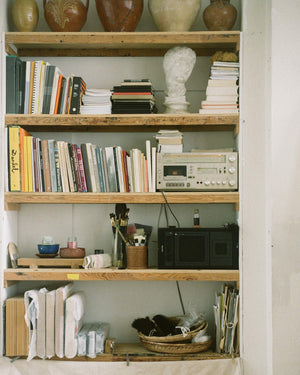
What does the future hold for you? Any plans you can share with us?
I’m part of a cultural exchange project called Unfolding Image together with a group of Swedish artists. This fall, we’re going to Tokyo to exhibit folding screens we created with the Japanese folding screen master Koto Kataoka. I’m also working on a book with my works which is very exciting. But first and foremost, I look forwards to working in my studio—the winter and fall in my best working period.
Could you name your three favorite places to visit in Stockholm?
The fleamarket at Hötorget on Sundays, the tray and canteen lunch at Bläcktornskällaren, and the public art by Ulrik Samuelsson that you can spot all over Stockholm.


